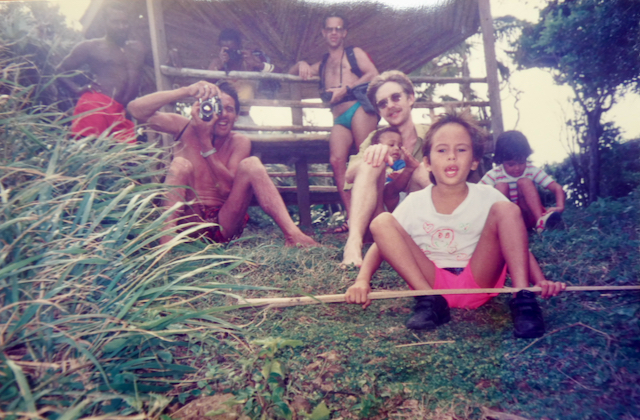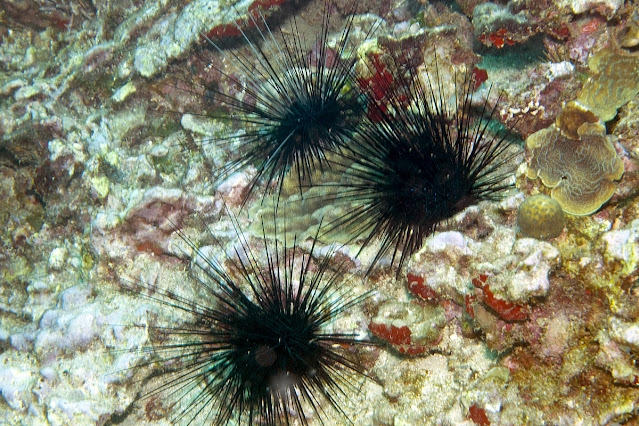Respect for Sea Turtles

Every year, sea turtles - including the iconic leatherback - return to Trinidad and Tobago shores for their nesting season. Dr Anjani Ganase suggests how we should treat these very special guests. Every memory of going to observe turtle nesting has become a lasting one. I still remember going to Matura as a child, following my mother in the dark along the long sandy stretch only to suddenly stumble on to a laying leatherback bigger than me! Fast forward to Grande Riviere in my early twenties where leatherback turtles were literally bumping into each other in the darkest night, on the beach with the highest density of nesting turtles in Trinidad. Such encounters were always guided by an expert and were significant for the respect and care that were expected if we were to be in the presence of these ancient and majestic creatures. Leatherback turtle returning to the sea in Grande Riviere. Photo by Anjani Ganase The leatherback turtle nesting season r



